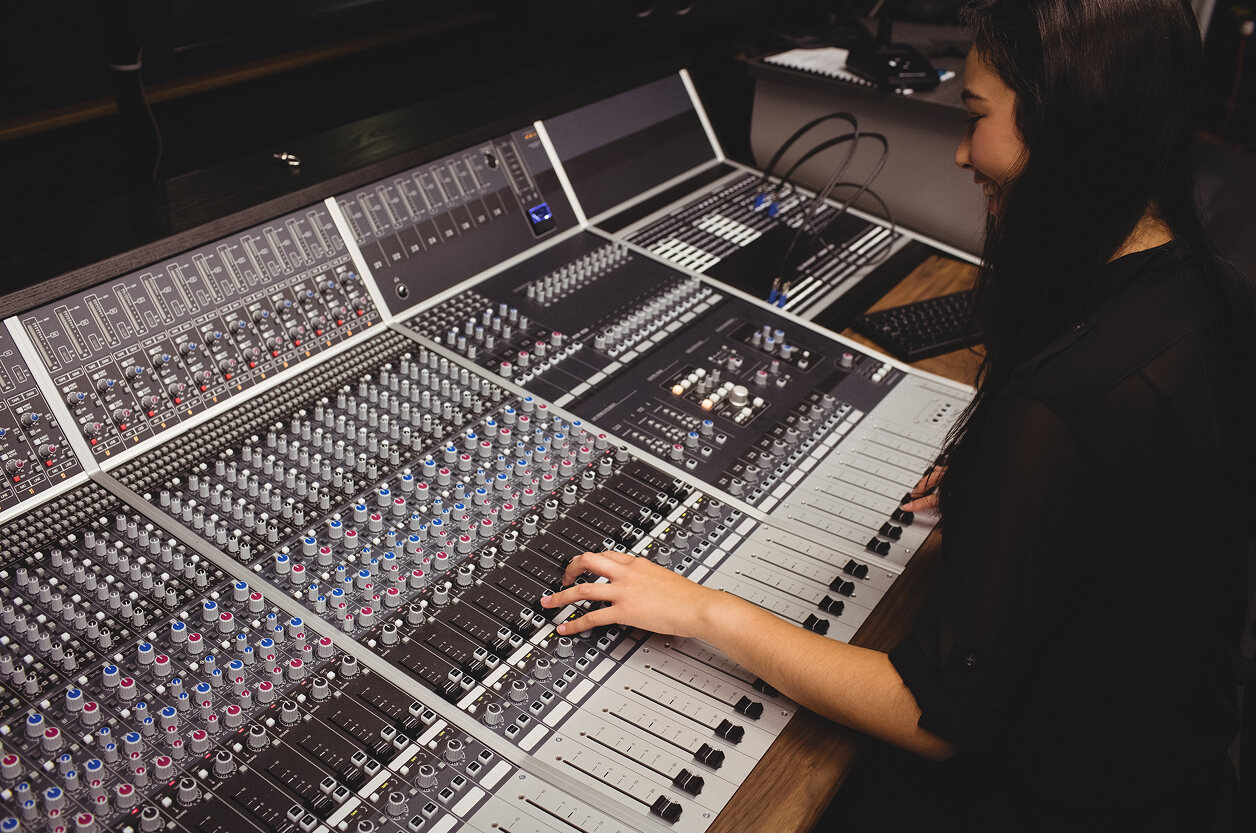Hybrid Computing Architectures: Combining x86, ARM, and FPGA in ProAV Systems

Why hybrid computing is gaining traction in ProAV
Professional AV systems are becoming more demanding as they handle higher resolutions, faster frame rates, and increasingly complex workflows. Traditional single-architecture approaches often struggle to meet these requirements without trade-offs in performance, power efficiency, or flexibility. This is why hybrid computing architectures that combine x86, ARM, and FPGA technologies are gaining momentum in the ProAV industry.
By leveraging the strengths of each platform—x86 for general-purpose computing power, ARM for energy-efficient processing, and FPGA for highly customizable hardware acceleration—ProAV systems can achieve new levels of performance and versatility. These architectures are not just about processing speed; they also improve latency handling, scalability, and the ability to adapt to evolving industry standards.
The strengths of x86, ARM, and FPGA in AV workflows
Each computing architecture brings unique benefits to ProAV applications.
x86 processors are widely used for their strong general-purpose performance, robust OS support, and compatibility with existing software ecosystems. They excel at tasks such as signal management, user interface rendering, and content processing.
ARM processors, in contrast, are designed for low-power, high-efficiency tasks. In ProAV, ARM cores are often integrated into SoCs that handle control logic, network communication, or lightweight processing without consuming significant power. This makes them ideal for embedded devices that need long operational lifetimes and minimal heat output.
FPGAs offer unmatched flexibility by enabling hardware-level customization of processing pipelines. In AV systems, FPGAs are often used for video encoding and decoding, scaling, frame synchronization, and protocol conversion. They can be updated over time to support new standards without replacing the hardware, extending product lifespan.
Real-world applications of hybrid architectures in ProAV
Large-scale live event production often requires multiple computing approaches working together. For instance, an x86-based workstation might manage media servers and user interfaces, while ARM processors handle system control and monitoring tasks. FPGAs in the workflow accelerate specific video processing functions, such as converting SDI to IP formats or ensuring ultra-low latency for live feeds.
In broadcast studios, hybrid architectures allow simultaneous handling of traditional video workflows and new IP-based formats. x86 systems run broadcast automation software, ARM cores manage device-level communication, and FPGAs handle time-sensitive signal routing.
The same approach benefits corporate AV installations. In a high-end video conferencing system, ARM processors might power the camera control and audio DSP, x86 handles cloud integration and user interfaces, and FPGA hardware accelerates real-time video compression for seamless streaming.

Key questions when designing a hybrid ProAV architecture
- What combination of x86, ARM, and FPGA will best meet performance, cost, and power consumption goals?
- How can we ensure smooth communication and workload distribution between different architectures?
- What security measures should be implemented at each processing level to protect media content and system integrity?
- How can we future-proof the system to adapt to emerging standards like IPMX or AV1 without major hardware changes?
The future of hybrid computing in ProAV systems
As ProAV applications grow more complex, the hybrid approach will become the standard rather than the exception. Advancements in SoC design will make it easier to integrate x86, ARM, and FPGA cores into unified platforms, reducing latency and interconnect overhead.
The industry will also benefit from tighter software-hardware integration, with AI-driven workload allocation deciding in real time which architecture should handle each task. This will optimize performance dynamically, especially for live event environments where conditions change rapidly.
With the transition to AV-over-IP and higher resolution standards such as 8K HDR, the flexibility to reconfigure FPGA pipelines or allocate tasks to ARM or x86 on demand will be critical. Hybrid architectures are set to be a cornerstone in enabling ProAV systems that are both powerful and adaptable to whatever the future holds.
Our Case Studies
